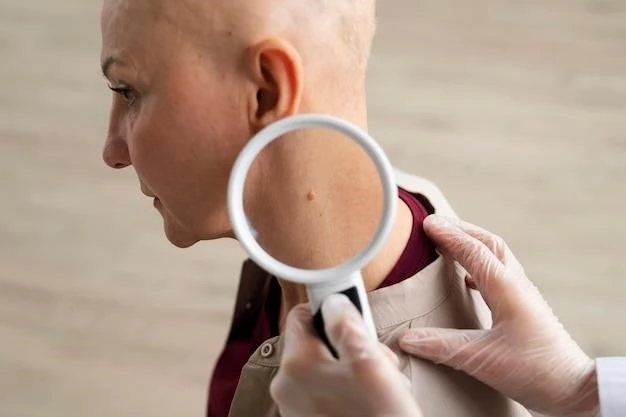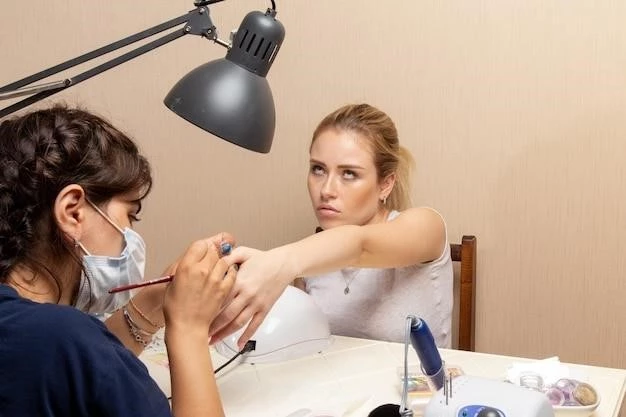Understanding Juvenile Dermatomyositis
Understanding the complexities of Juvenile Dermatomyositis is crucial for parents and caregivers. This article will cover everything from symptoms and diagnosis to treatment options and achieving remission. Stay informed and empowered!
Overview of Juvenile Dermatomyositis
Juvenile Dermatomyositis is a rare inflammatory myopathy affecting children, characterized by muscle weakness and skin rash. Early diagnosis is crucial. The immune system mistakenly attacks healthy tissue, leading to inflammation. Symptoms may include fatigue, pain, and difficulty with everyday activities. Consult a healthcare professional promptly for proper diagnosis and treatment.
Doctors may recommend a combination of medication and physical therapy to manage symptoms. Regular exercise can help maintain muscle strength and flexibility. With proper care, many children can achieve remission, where symptoms are minimal or disappear. It’s important to stay vigilant for any new symptoms and communicate openly with the healthcare team. Supporting children with Juvenile Dermatomyositis involves providing emotional and physical support, adhering to treatment plans, and promoting a healthy lifestyle.
Symptoms and Diagnosis
Recognizing the symptoms of Juvenile Dermatomyositis is crucial for early intervention. Watch for muscle weakness, skin rash, fatigue, and pain in children. Prompt diagnosis by a healthcare professional is essential. This may involve a physical exam, blood tests, imaging studies, and muscle biopsy to confirm the condition. Keep a record of symptoms and share them with the medical team to aid in accurate diagnosis and personalized treatment plans. Stay vigilant for any changes in symptoms and seek medical attention if new concerns arise.
Importance of Early Detection
Early detection of Juvenile Dermatomyositis is vital for better outcomes in children. Timely diagnosis can help prevent complications and manage symptoms effectively. Delaying medical evaluation can lead to progression of the disease and potential long-term issues. Educate yourself on the warning signs and seek medical attention promptly if you suspect any symptoms in your child. Remember, early intervention is key to improving the quality of life for children with this autoimmune disorder.
Treatment Options
Managing Juvenile Dermatomyositis involves a multi-faceted approach. Treatment options may include medications to reduce inflammation, physical therapy to improve muscle strength and flexibility, and lifestyle modifications to support overall well-being. Corticosteroids, immunosuppressants, and biologics are commonly used to control the autoimmune response. Physical therapy can help children maintain mobility and function. Work closely with healthcare providers to determine the best course of treatment for your child’s unique needs. Stay committed to the treatment plan and communicate any concerns or changes in symptoms promptly.
Achieving Remission

Remission from Juvenile Dermatomyositis is a realistic goal with proper management. Through a combination of medication, physical therapy, and lifestyle adjustments, many children can experience a reduction or disappearance of symptoms. Consistent monitoring and adherence to treatment plans are crucial for achieving and maintaining remission. Celebrate small victories along the way and communicate openly with the healthcare team about any changes or concerns. With dedication and perseverance, remission is attainable, allowing children to enjoy a better quality of life.
Lifestyle Recommendations
Adopting a healthy lifestyle is essential for children with Juvenile Dermatomyositis. Encourage a balanced diet rich in nutrients to support overall health and immune function. Regular exercise, tailored to your child’s abilities, can help maintain muscle strength and mobility. Ensure an adequate amount of rest to prevent fatigue and aid in recovery. Sun protection is crucial as UV exposure can trigger skin rashes. Stay connected with support groups or counseling services to address emotional needs. By prioritizing self-care and healthy habits, children can better manage their condition and improve their quality of life.
Supporting Children with Juvenile Dermatomyositis
Supporting a child with Juvenile Dermatomyositis involves providing physical and emotional support. Be an advocate for your child in navigating the challenges of the condition. Encourage open communication with healthcare providers and ensure your child follows the prescribed treatment plan. Offer understanding and patience during flare-ups or periods of fatigue. Empower your child to take an active role in their health by educating them about their condition and fostering independence in managing daily tasks. Connect with other families facing similar challenges for a sense of community and shared experiences. Together, you can help your child thrive despite Juvenile Dermatomyositis.
